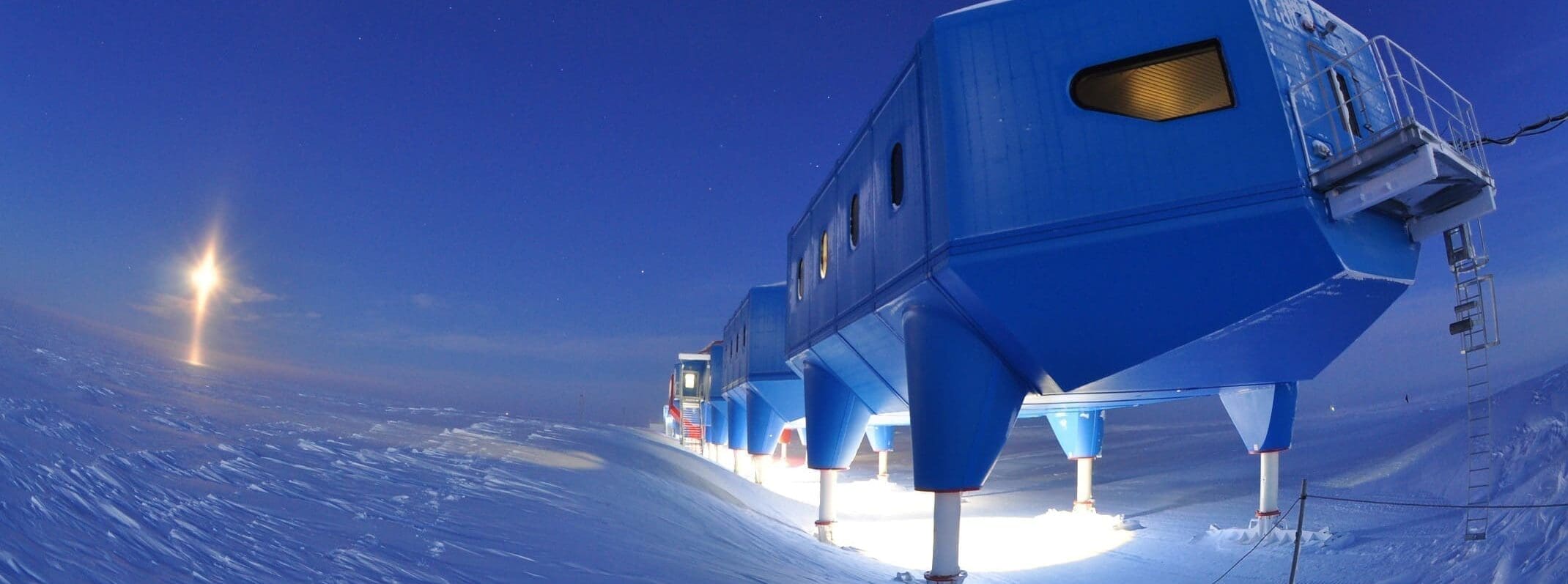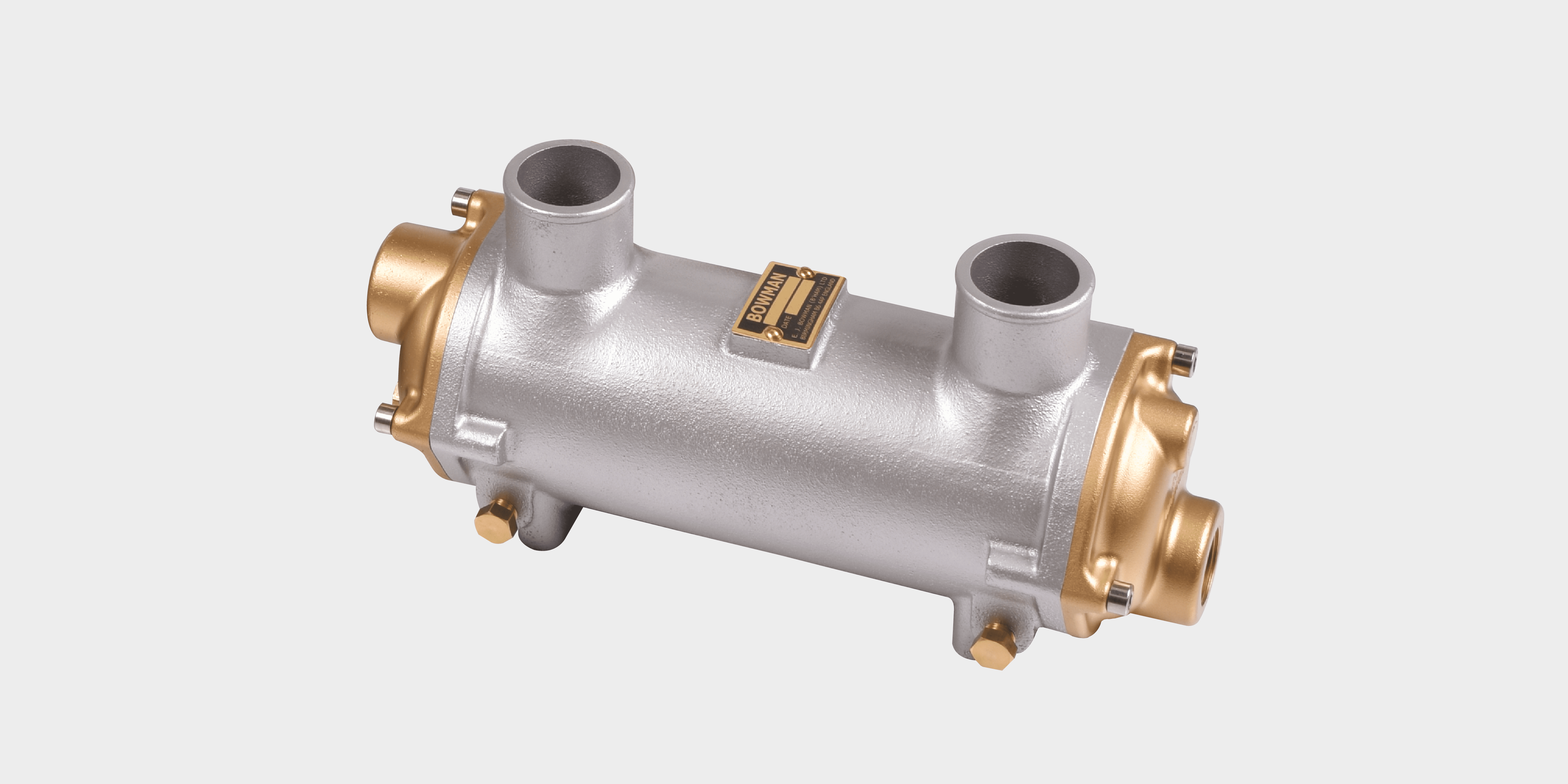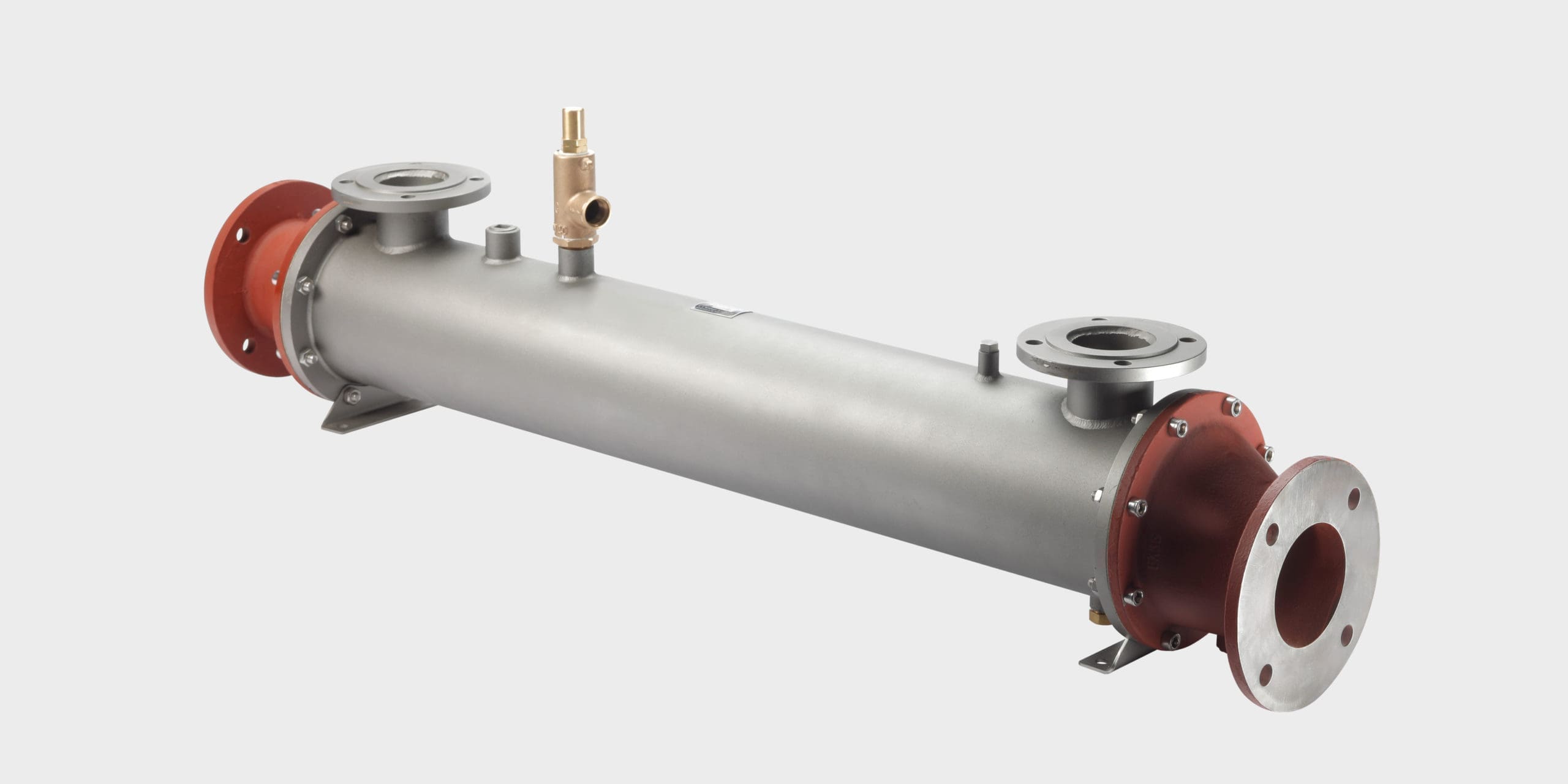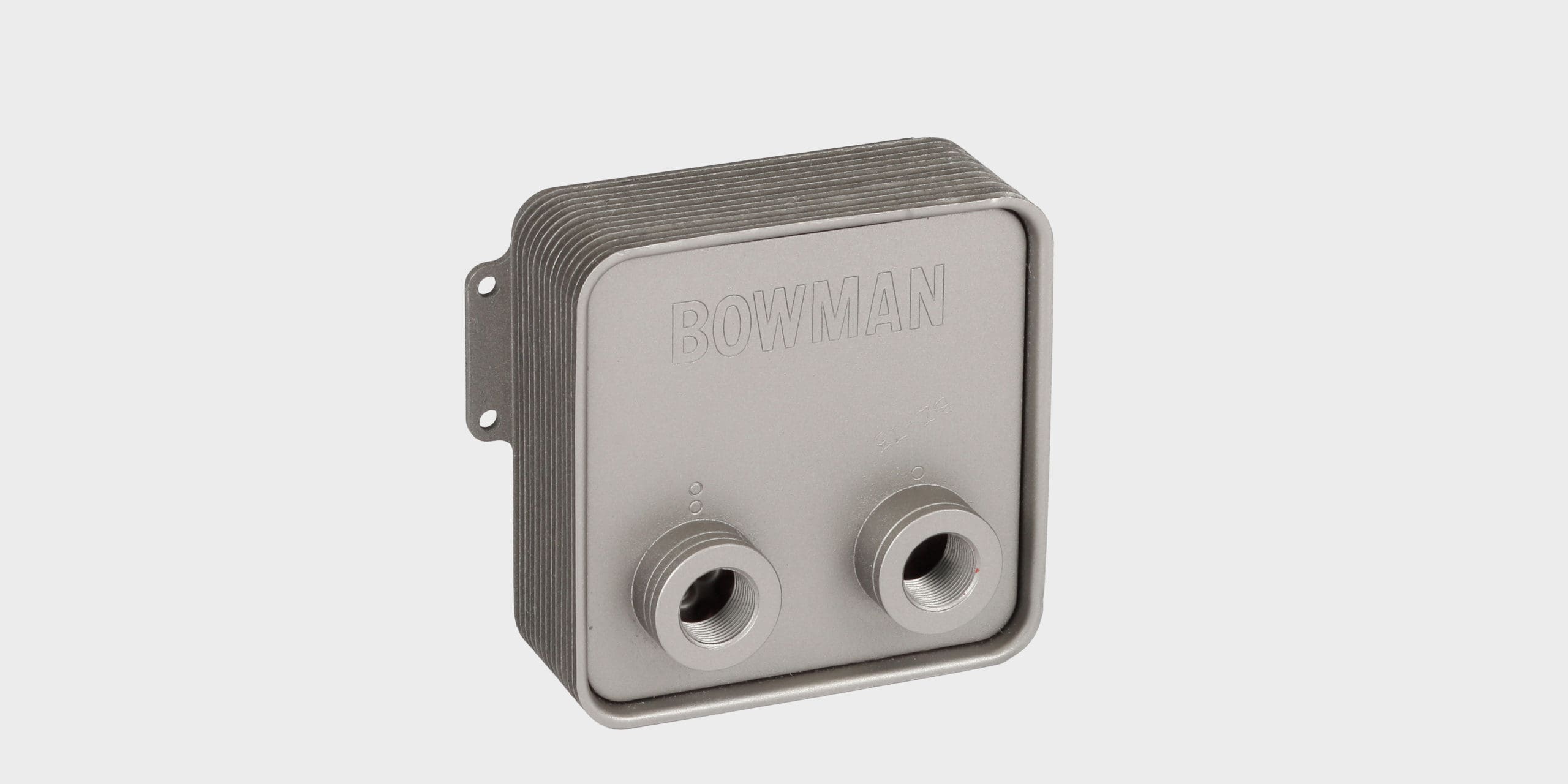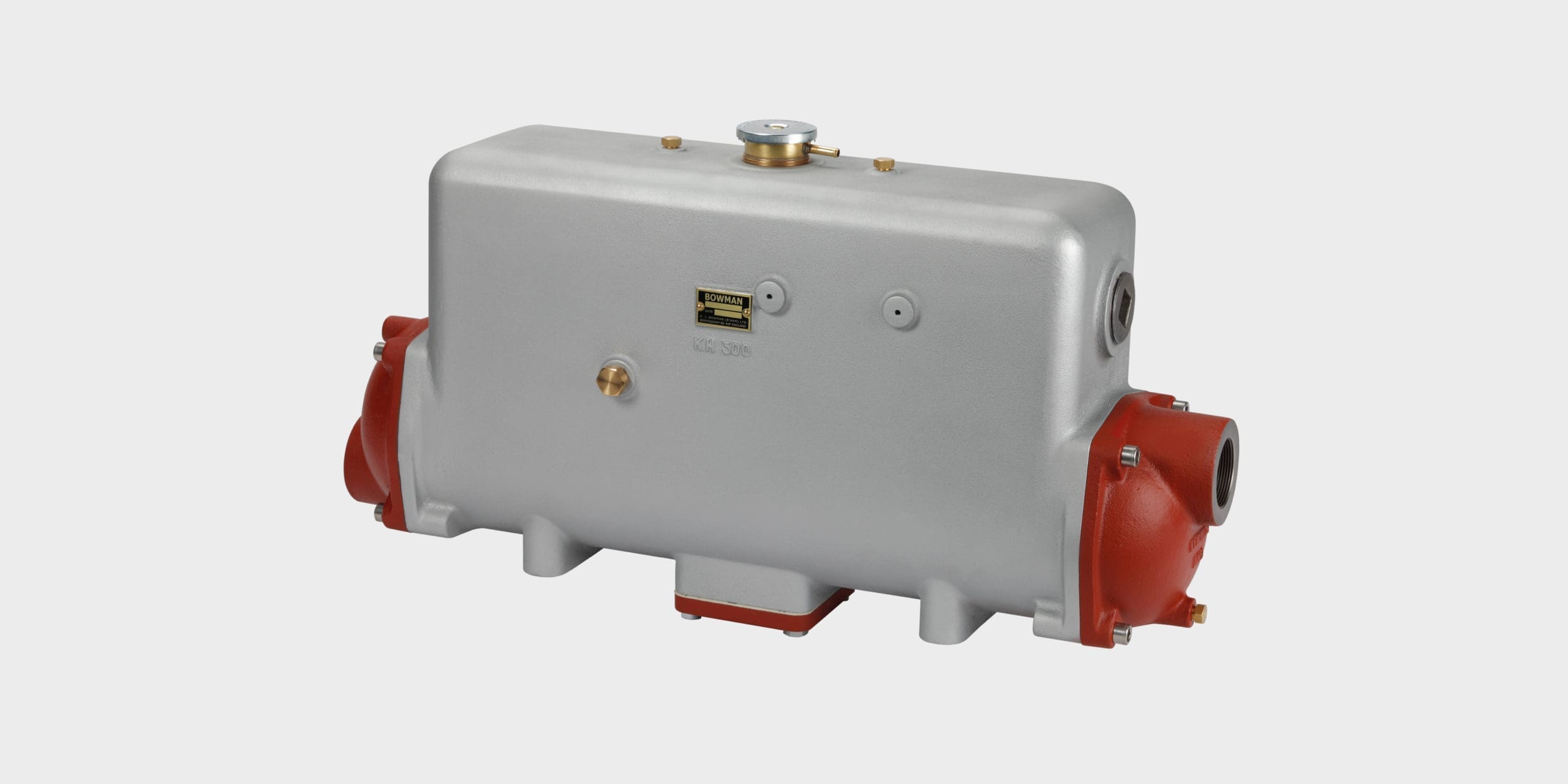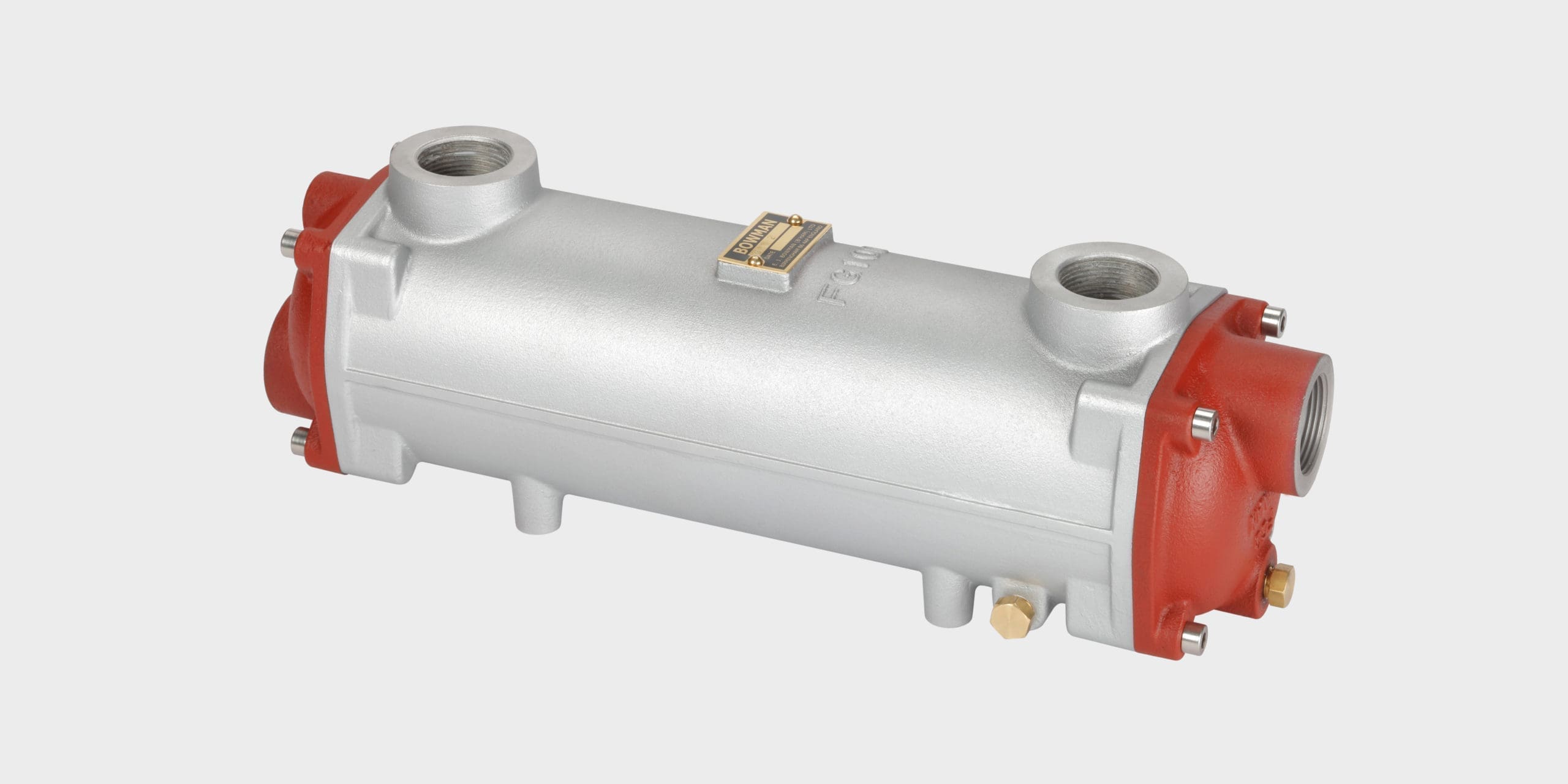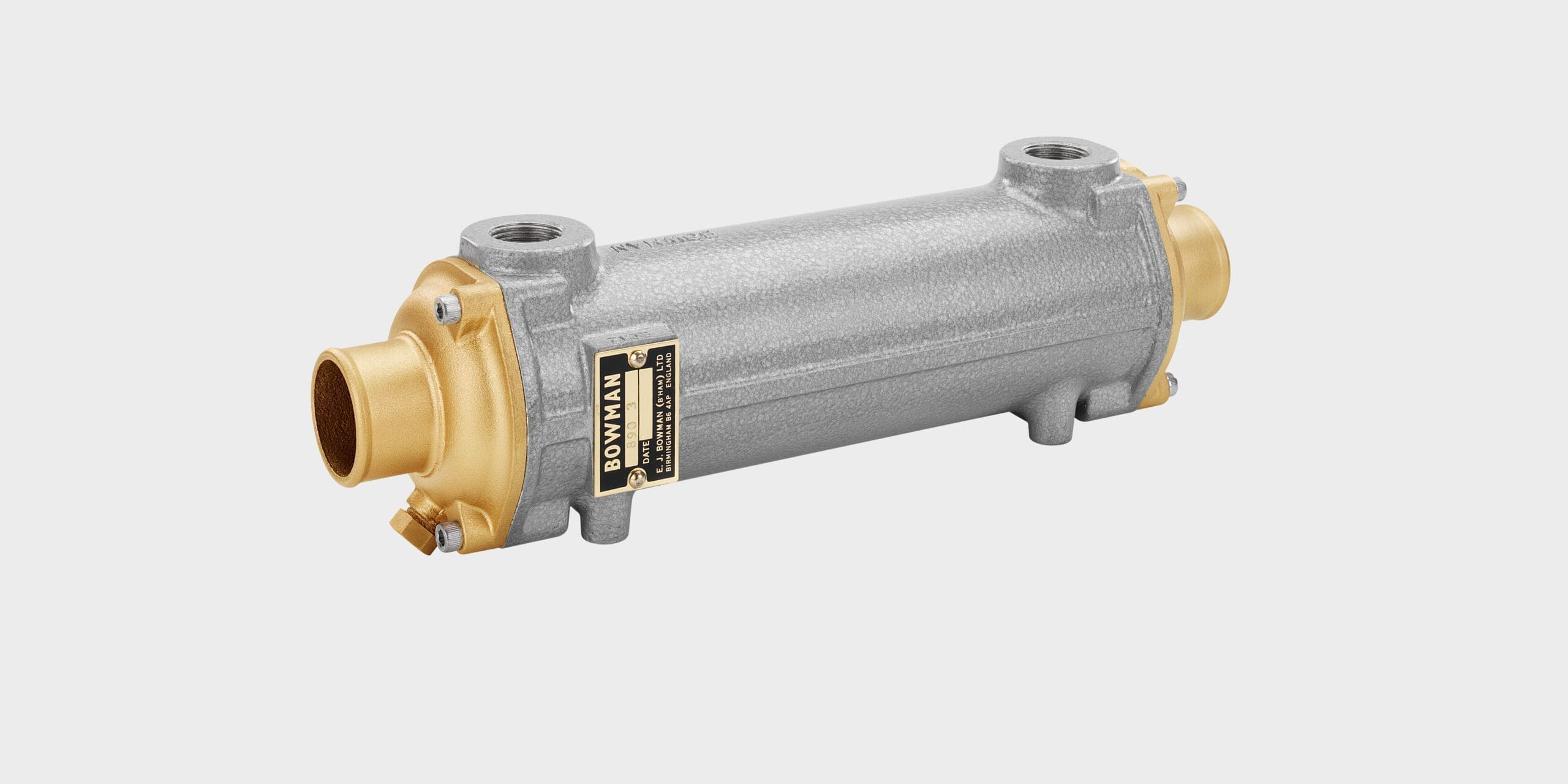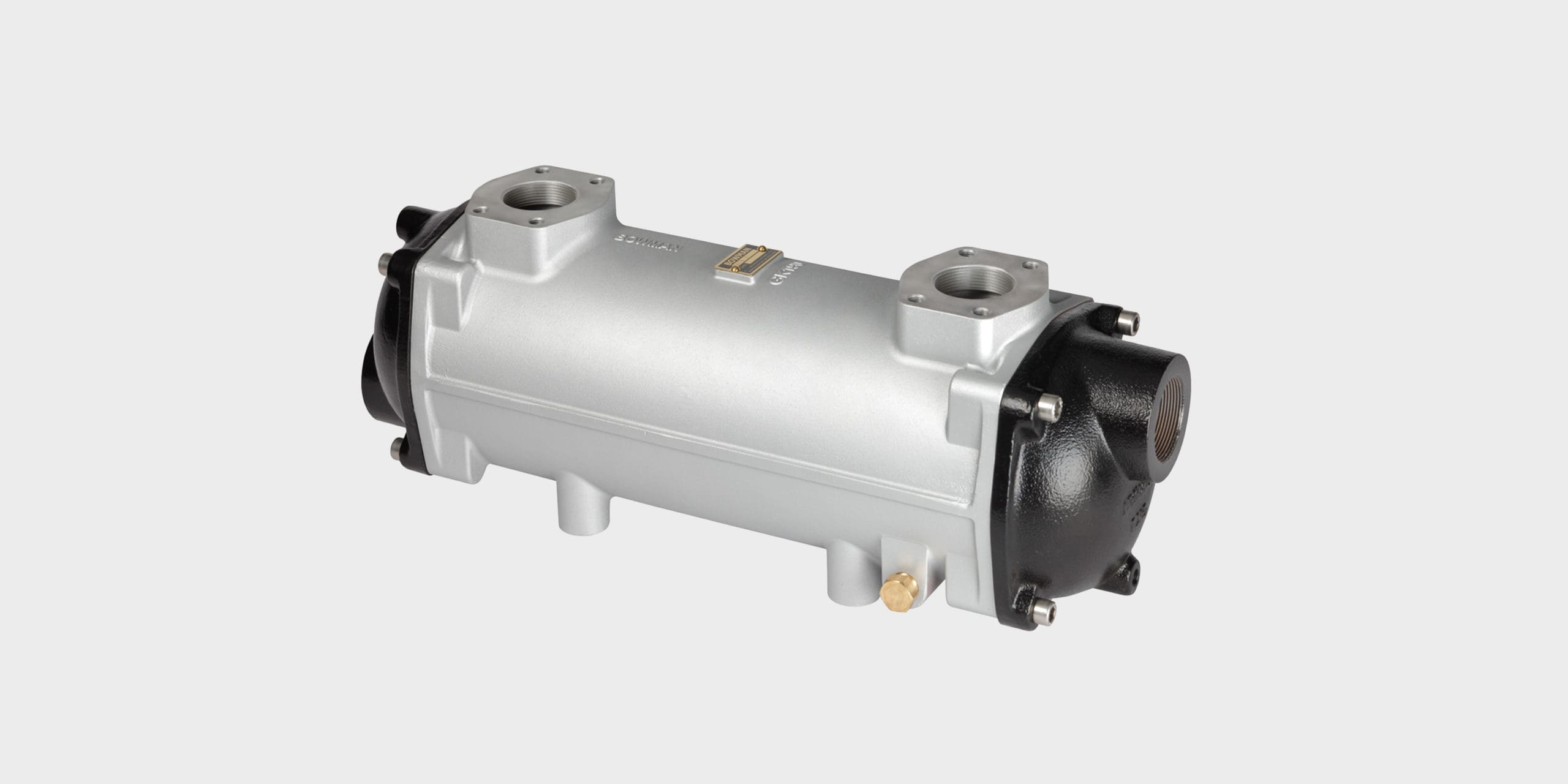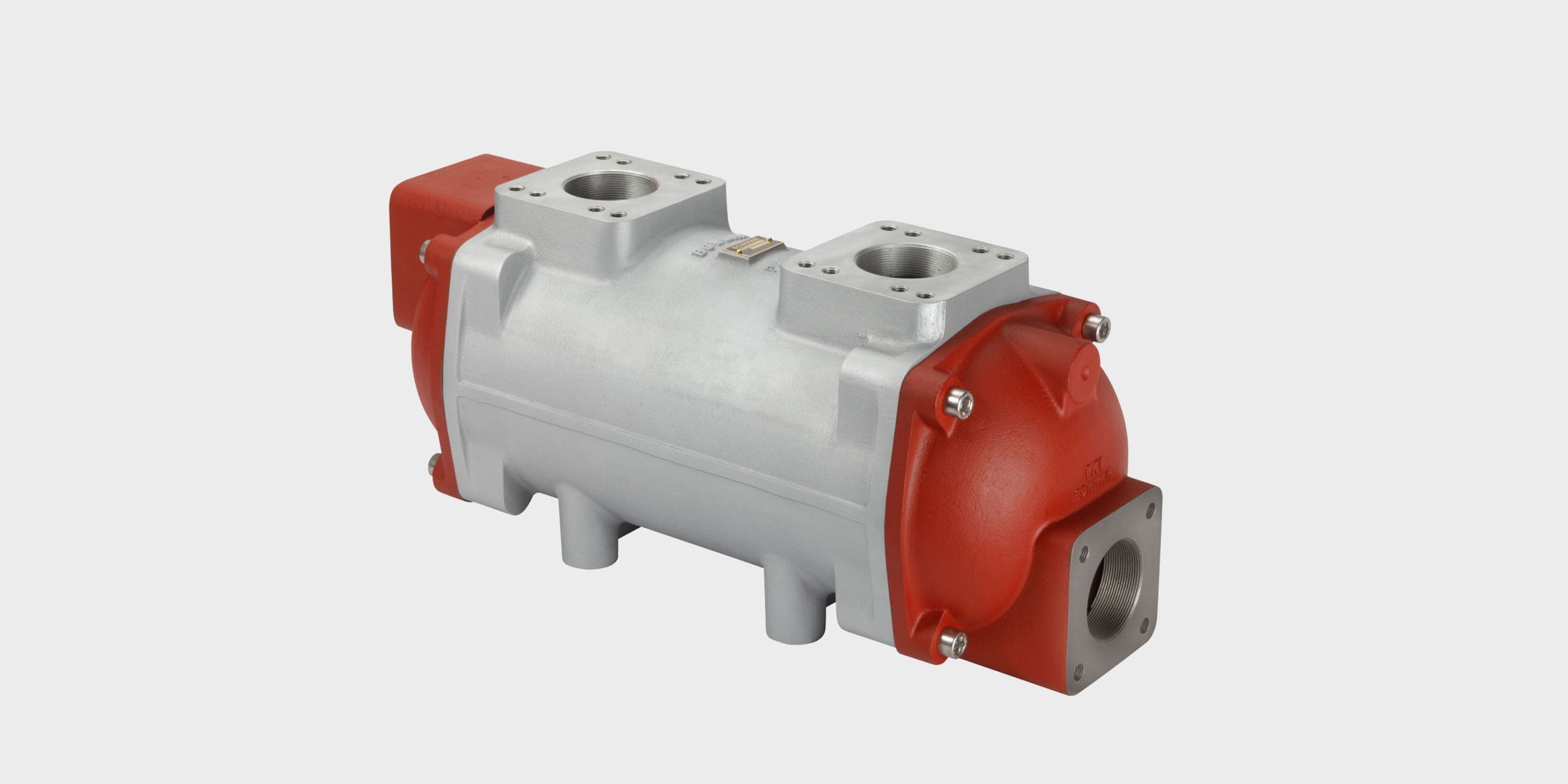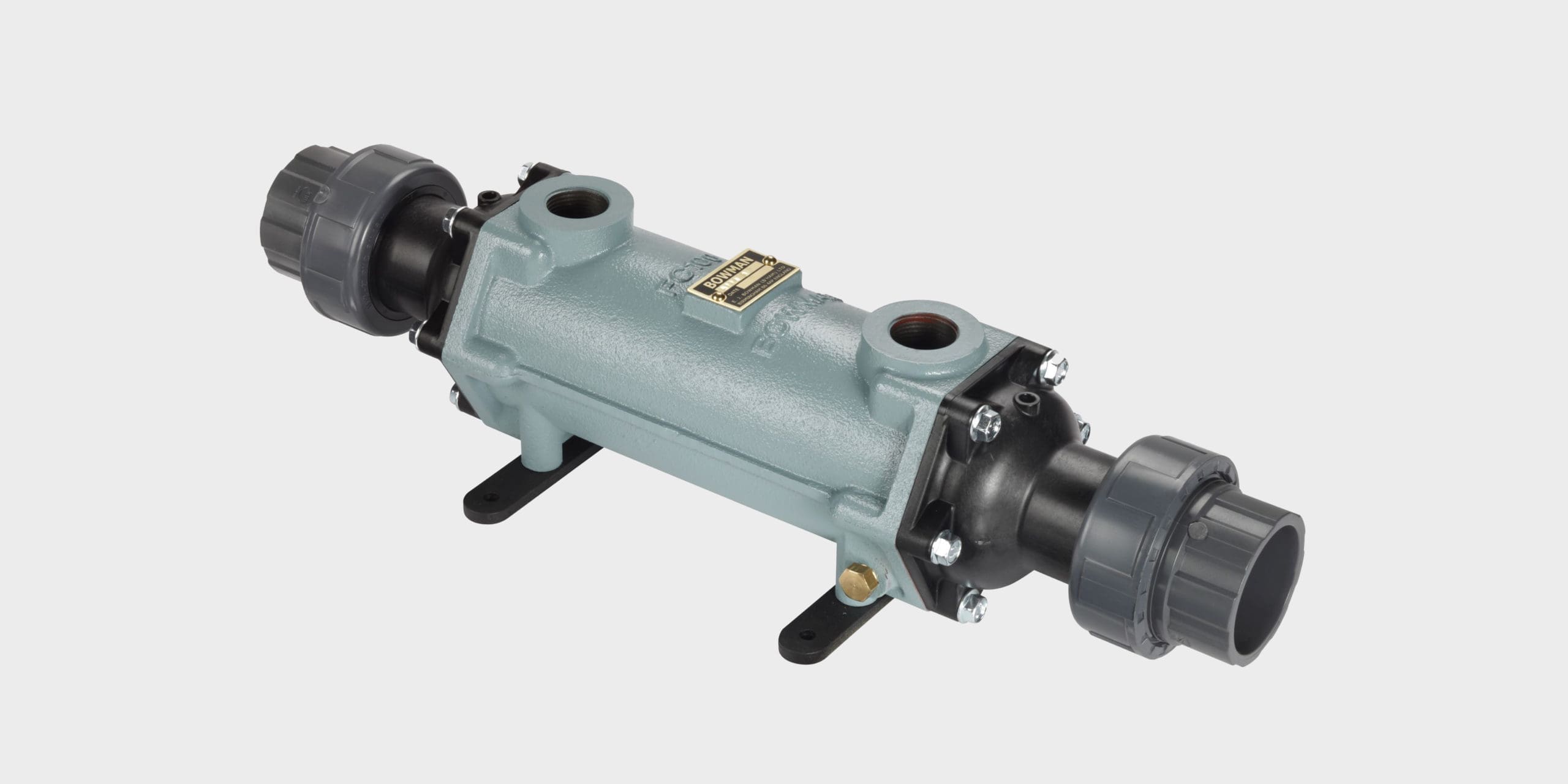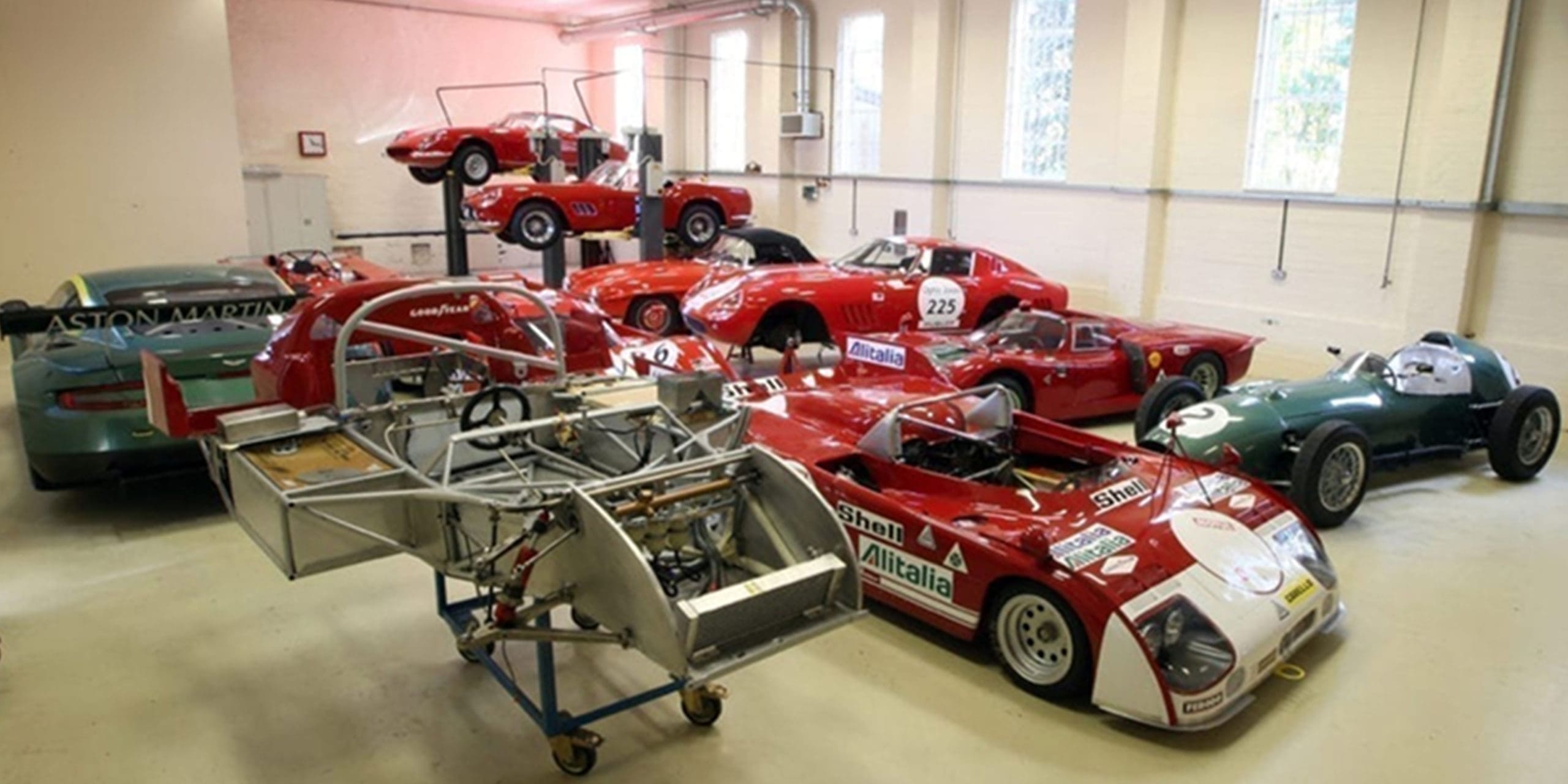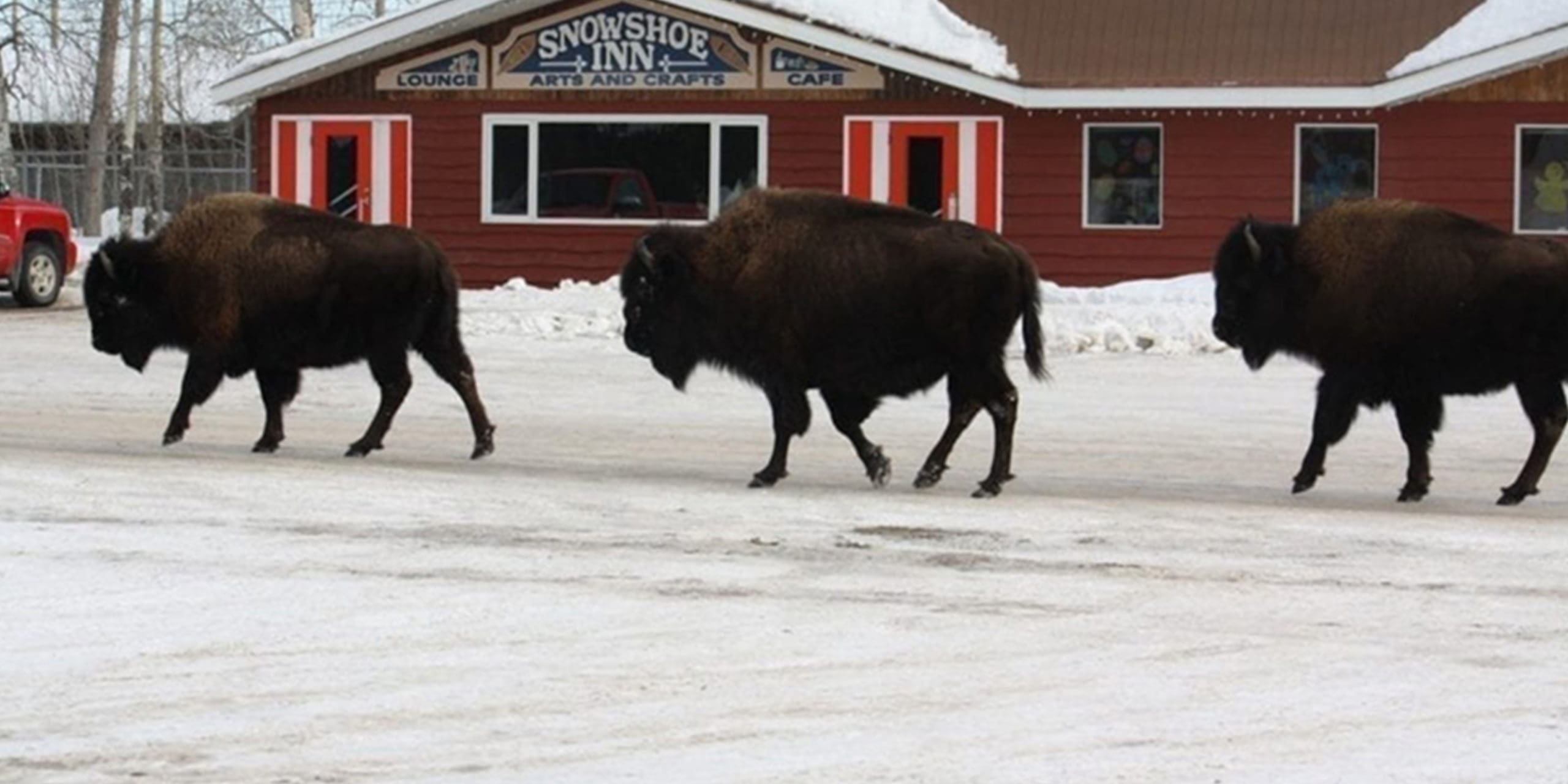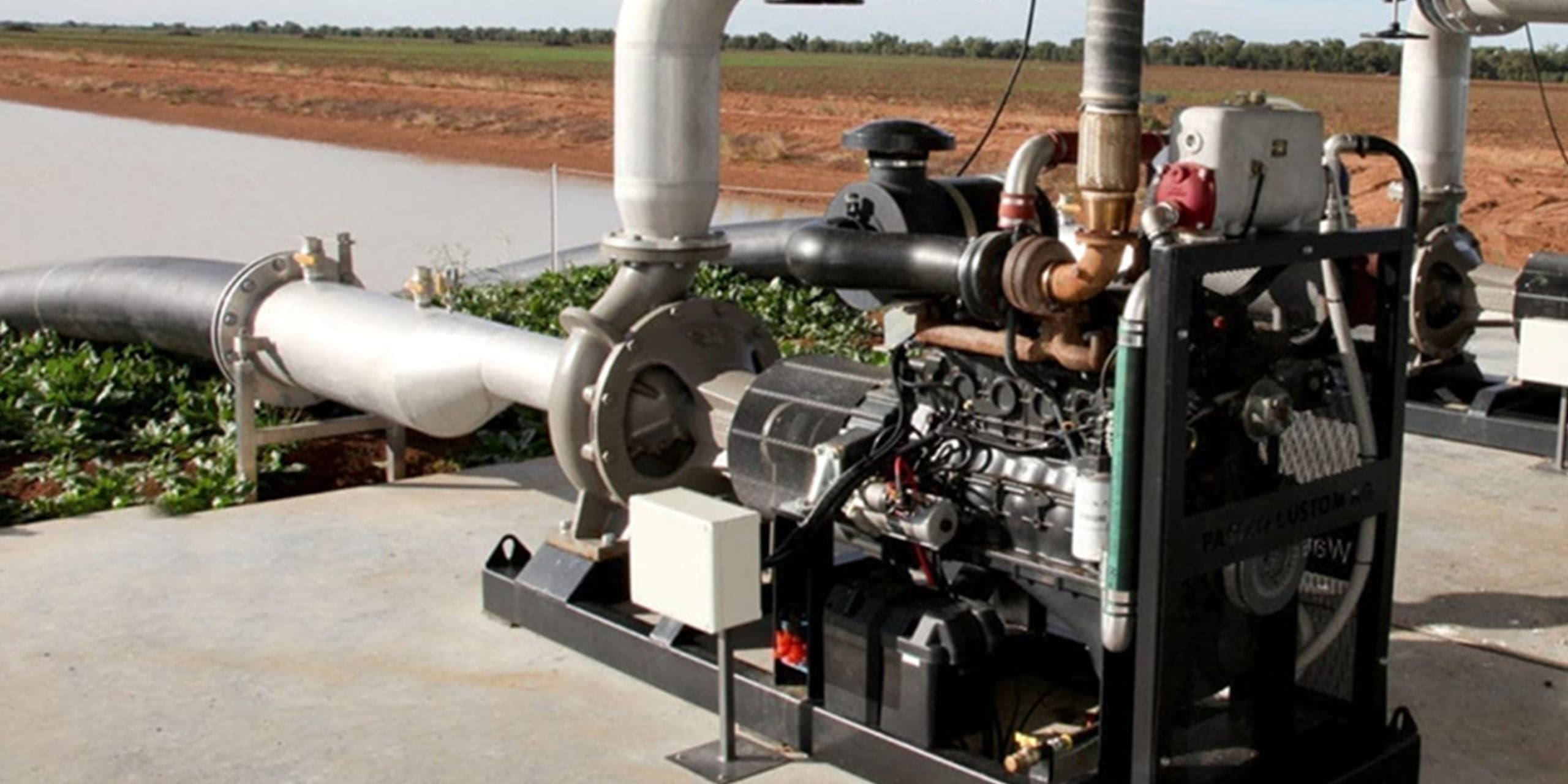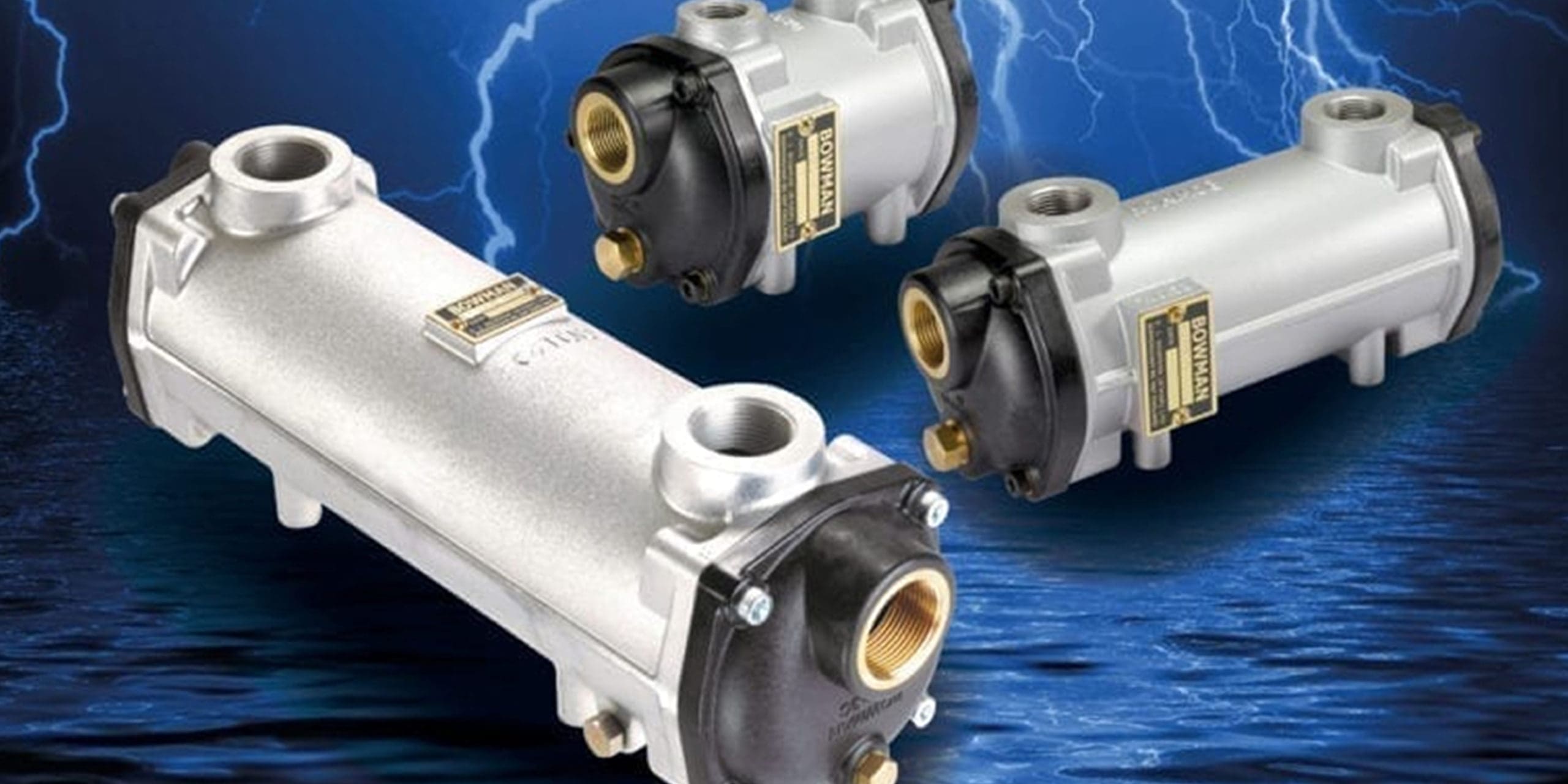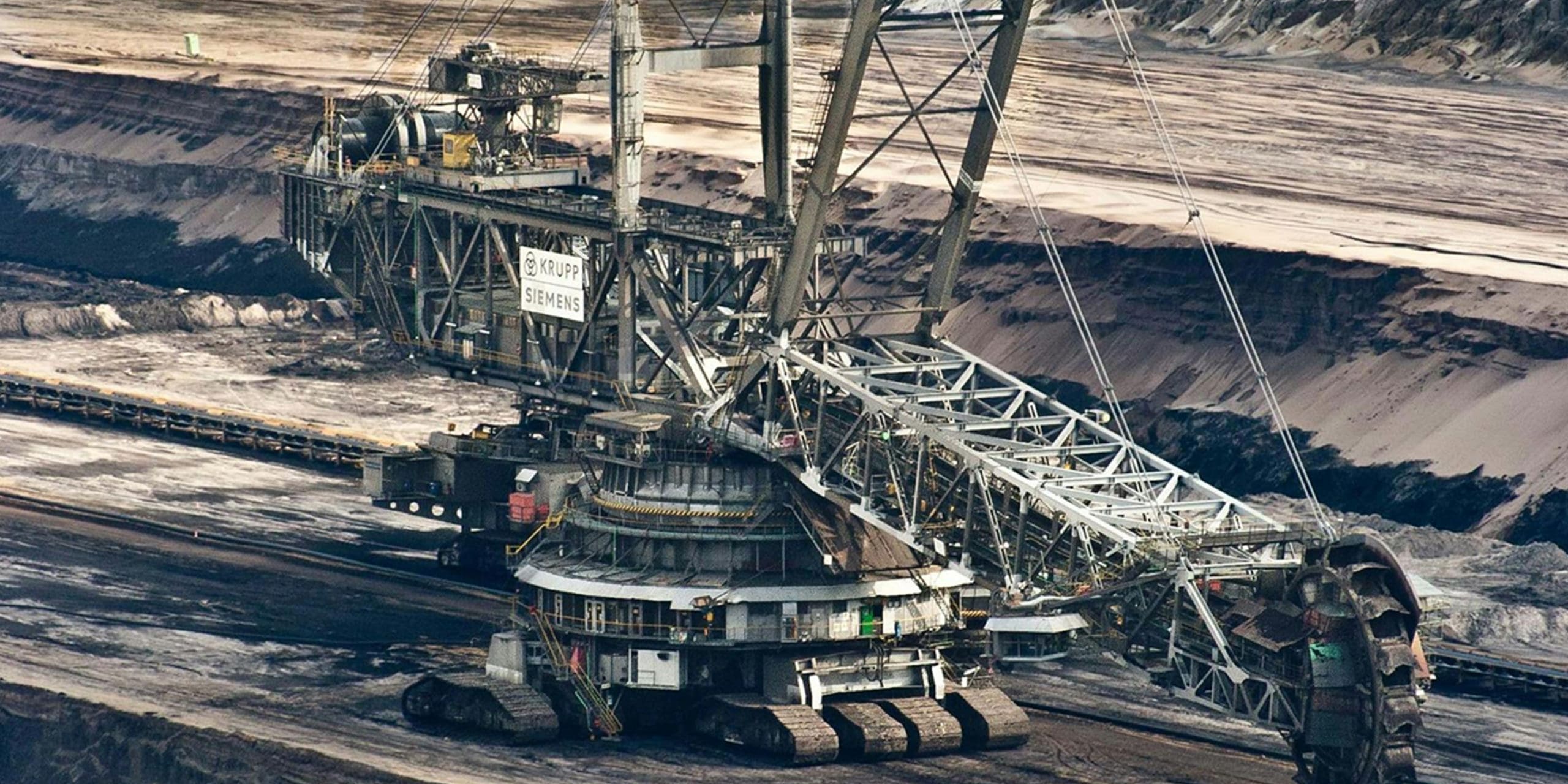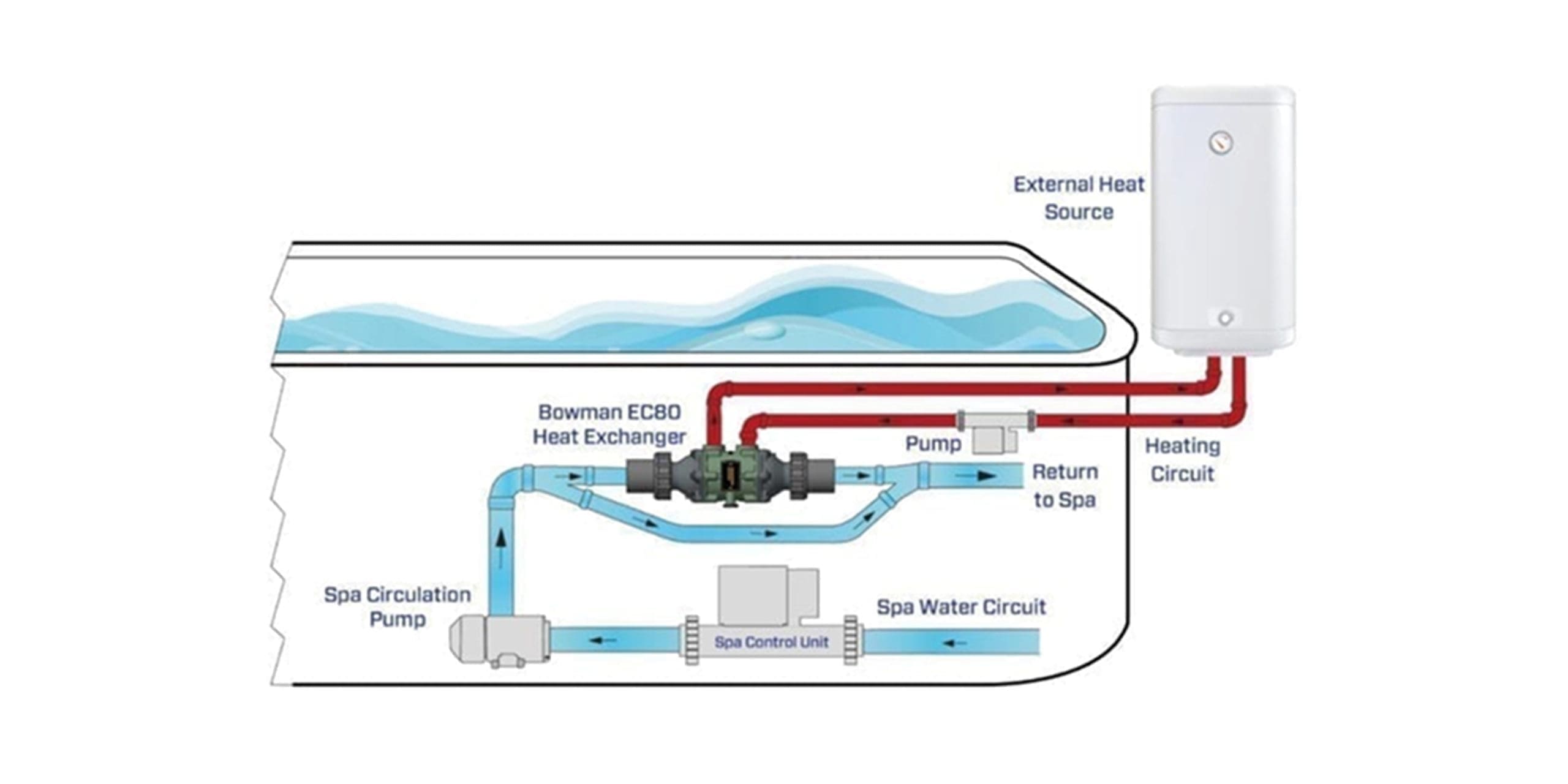Understand the importance of flow rates and how cooler selection can make the most of the coolant at your disposal…
Getting the right specification for your heat exchanger can make a significant difference to the performance and life expectancy of the unit. Here we discuss the importance of single, double and triple pass cooling.
Every shell and tube heat exchanger carries a flow of cooling water through its central tube core. But depending on its design, the water may flow through the unit once, twice or three times, which is done to get the optimum cooling performance for the available volume of cooling water.
If the full volume of cooling water passes through all the tubes in the heat exchanger in a single flow, this format is known as single or 1-pass. The cooling water literally travels through the heat exchanger once, transferring heat from the ‘primary cooling circuit’ as it goes. For applications where there’s an abundance of cooling water, such as marine engine cooling, this arrangement is ideal.

In some applications space is limited, so having the inlet and outlet on opposing sides of the heat exchanger can present packaging problems due to the pipework required. In such instances 2-pass heat exchangers are an ideal solution, as they feature inlet and outlet water connections on the same end cover, so the cooling water enters and leaves the heat exchanger in the same location. 2-pass heat exchangers are also capable of handling the higher water velocities found in marine cooling applications.

However, in many industrial or process cooling applications, the availability of cooling water may be limited. In these instances, triple or 3-pass cooling can provide the ideal solution. As the name suggests, the 3-pass arrangement uses specially designed end covers that effectively split the heat exchanger’s tube core into three separate sections. Cooling water enters the lower third of the heat exchanger and travels through to the opposing end cover, where it is sent back through the middle third of the tube core, after which it is passed back through the upper third of the unit before exiting the heat exchanger. Restricting the area to flow ensures the velocity of the available water is kept at a level that is most effective for the heat exchanger.
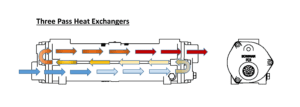
Flow rates and velocity of cooling water are vitally important to the performance and service life of a heat exchanger and in order to ensure the optimum flow rates are achieved, without encountering the problems associated with excessive water velocity, it is essential to select the most appropriate format for the heat exchanger and the application.
As the amount of cooling water increases, single or 2-pass heat exchangers become more suitable. Providing the velocity of the cooling water remains at the optimum level (see our technical literature or the article entitled ‘Terminal Velocity’), the heat transfer performance of the heat exchangers should improve with fewer passes through the unit.
Provided the flow of cooling water can be maintained at a suitable velocity, it is preferable that it flows through the heat exchanger as swiftly as possible in order to eliminate the possibility of the water heating up and becoming less effective at cooling the ‘primary cooling circuit’.
If you’re still unsure about the correct heat exchanger for your application, talk to Bowman’s technical sales team. They have a computer-aided selection programme designed to provide the optimum product for the job. Call +44 (0)121 359 5401 or email [email protected].
